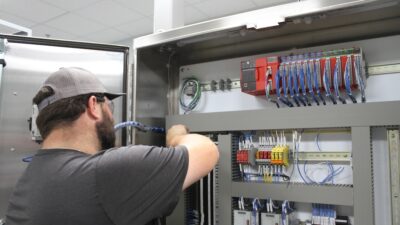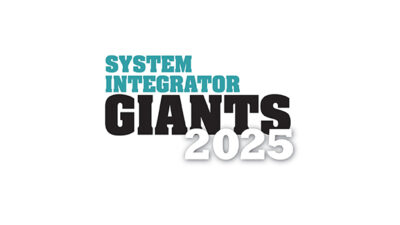System Integrators (SI), original equipment manufacturers (OEMs) and end users have had to look at different solutions because of the global parts shortage, which has led to new ideas.

System integrator insights
- Open standard design, like ODVA, enhances industrial automation systems with scalability and compatibility, reducing costs and risks associated with vendor lock-in and proprietary protocols.
- Platform-independent PLC programming languages like CODESYS and OpenPLC, compliant with IEC 61131-3, offer flexibility, allowing users to seamlessly switch hardware manufacturers while designing various logic structures.
For those who use automation parts the unpredictable nature of the supply chain is one of the biggest problems faced today. The manufacturing and delivery of vital parts, including semiconductors, capacitors and resistors, was hampered by the COVID-19 epidemic, trade disputes, natural catastrophes and other circumstances. The shortfall has impacted every industry, but automation components have been especially affected since it depends on semiconductors. These supply chain disruptions will extend far into next year, if not beyond. Companies will still have to deal with problems like delivery delays, rising costs, declining quality and maybe lost clients.
How can systems integrators (SIs), original equipment manufactuers (OEMs) and end users overcome these challenges and maintain their position as market leaders?
1. Open standard design for industrial automation systems
Industrial automation systems benefit from using open standards uch as ODVA. They provide scalability, compatibility and interoperability between various systems and devices. In addition, eliminating vendor lock-in and proprietary protocols lowers costs, risks, and complexity.
In industrial automation, interoperability and compatibility between various devices and systems are made possible via ODVA communication protocols. Users can streamline the integration of a variable frequency drive (VFD) communication using ODVA standards for EtherNet/IP, DeviceNet or CIP Motion. Numerous drive manufacturers support ODVA communication standards, making it easy to switch between drive manufacturers.
2. Platform-independent programmable logic controllers (PLCs)
Several platform-independent programming languages are available. The two most prominent are CODESYS and OpenPLC, which comply with IEC 61131-3. This allows users to design ladder logic, structured text, instruction list, function block diagrams or sequential function charts. Users can switch to the available hardware manufacturer by using one of these programming languages.
3. Sharing resources and expertise with a partner
Some companies have partnered with suppliers to share resources, information and expertise. This includes:
-
Ordering in advance based on projections for the customer and holding the stock in reserve for them. This requires constant monitoring and adaptation to respond to the changing customer needs.
-
Sourcing replacement parts from other manufacturers for scarce components. Multiple manufacturers will have a very similar product—allowing users to switch with little effort.
-
Researching who the contract manufacturer is of the part. Sometimes a contract manufacturer makes a part for multiple vendors. As such, users can buy the same part in a different plastic color and see no difference. This is often not the same distributor users purchase the part from currently because it would be competition for the same sale.
-
Partnering two customers together. A recent example is when a manufacturer stopped making an enclosed transformer for a unique voltage. The distributor paired them with a panel builder to create the customer a product very similar to what they had been getting. Another example is one customer who had a project canceled, and the distributor paired the customer with another customer who needed parts to hit a timeline on a different job. This allowed one to recoup its costs and the other to meet their timelines with their customers.
4. Acquiring refurbished parts from an OEM
Several businesses have turned to the secondary market to obtain parts from original manufacturers with a long lead time. Refurbished or recycled components may be more affordable, have quicker lead times and be better for the environment. However, they also carry dangers, including incompatibilities, voiding of warranties, and counterfeit products.
Today, everyone is facing problems and opportunities due to worldwide parts scarcity. However, businesses may discover new methods to meet client demand and take the lead in the market by looking at options they haven’t in the past. People need to be aware of the dangers and trade-offs associated with these solutions to make appropriate judgments for their particular circumstances.
Brandon Teachman is an application specialist at Vision Control & Automation. Edited by Chris Vavra, web content manager, CFE Media and Technology, [email protected].




